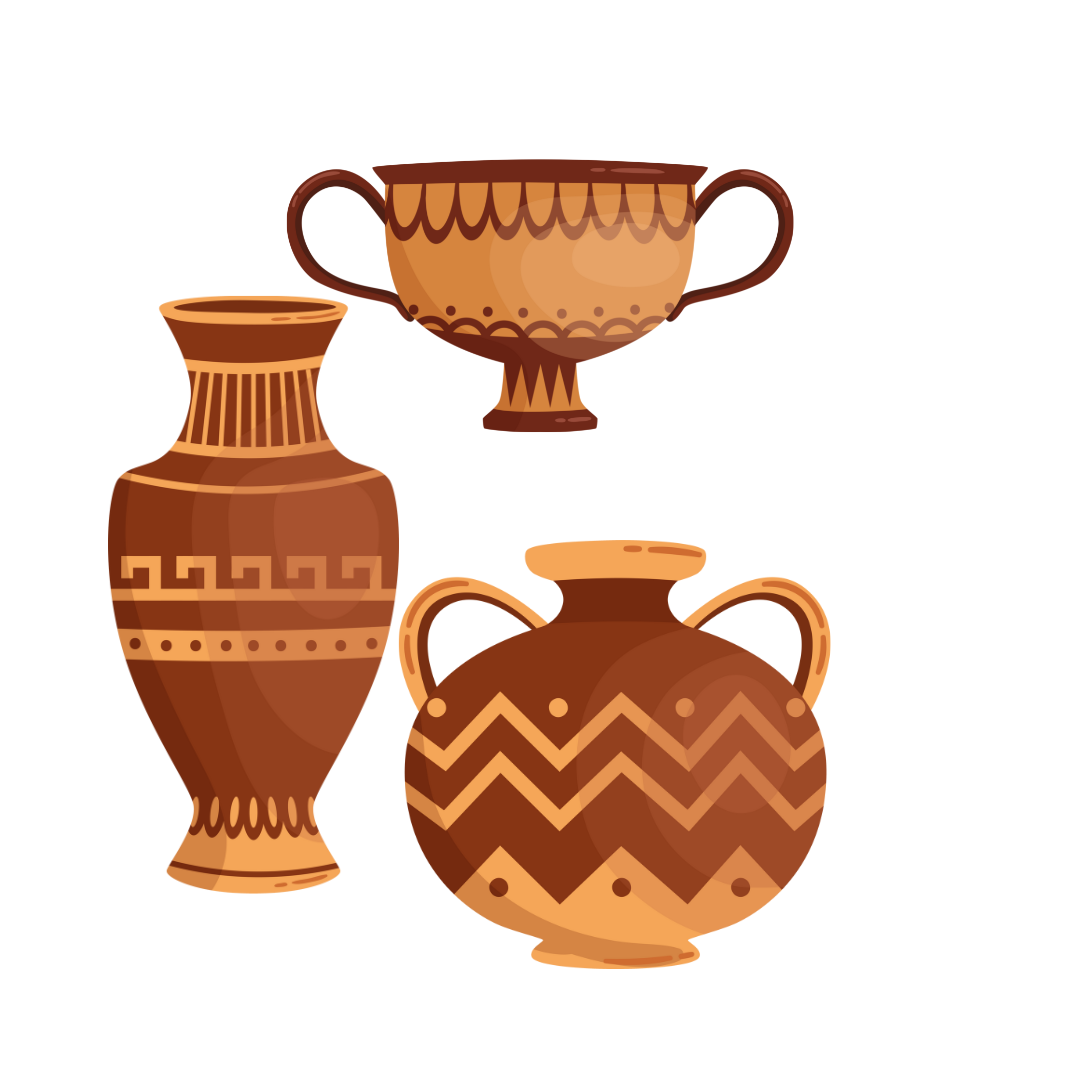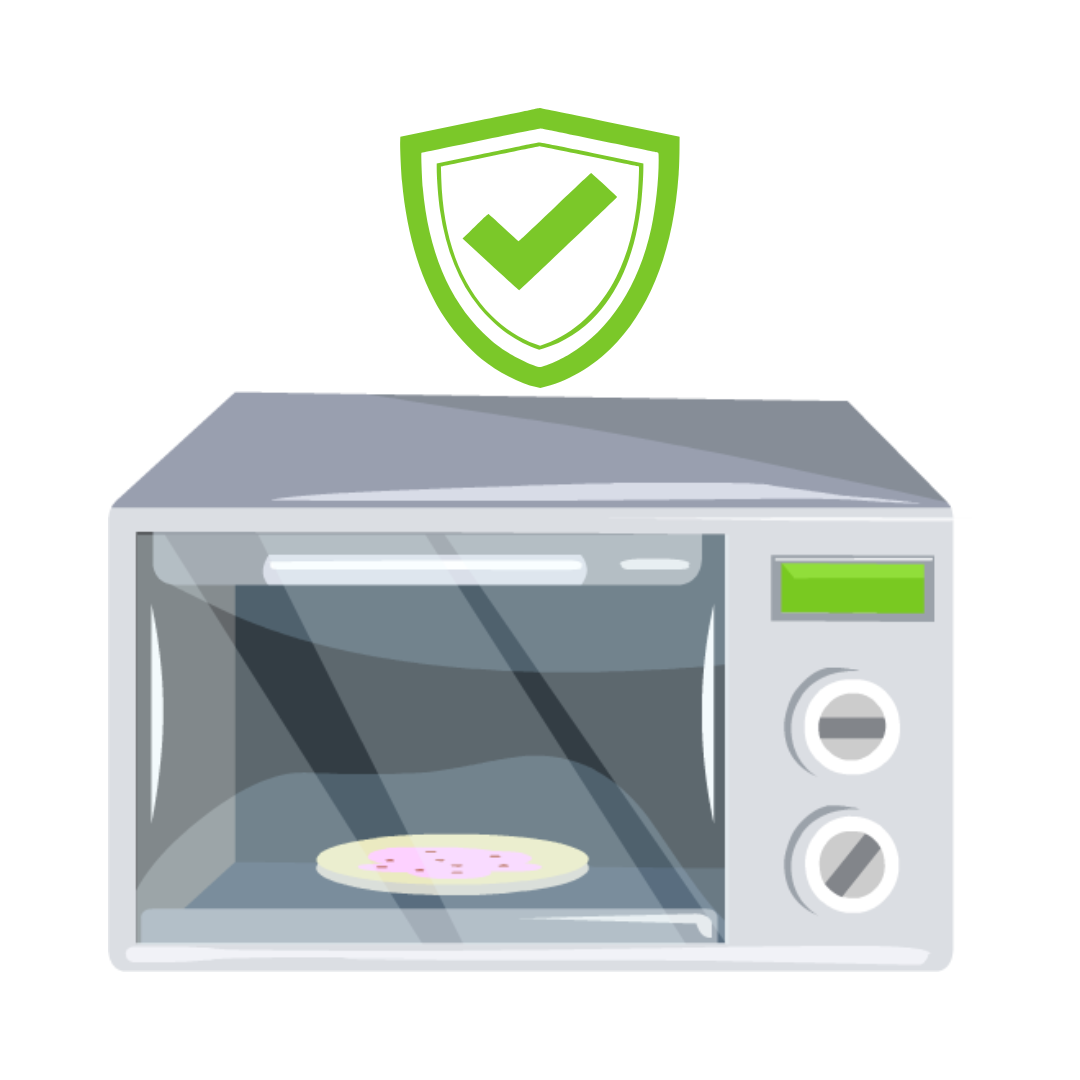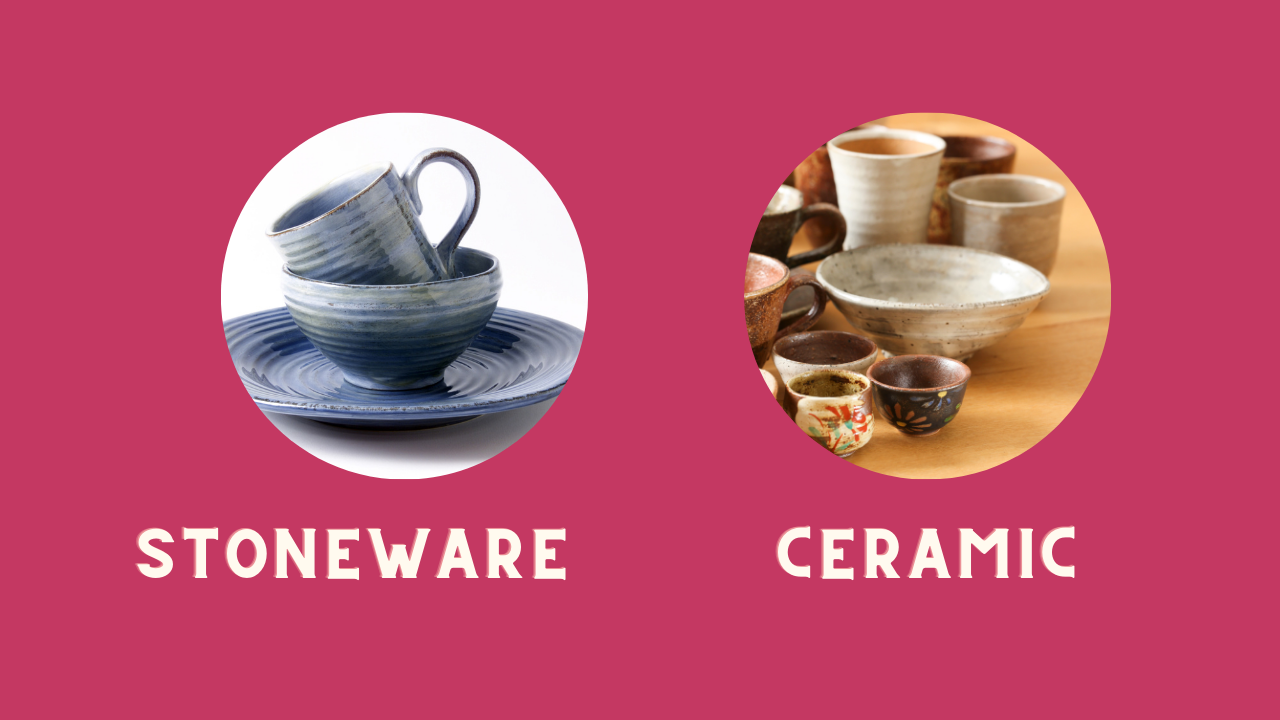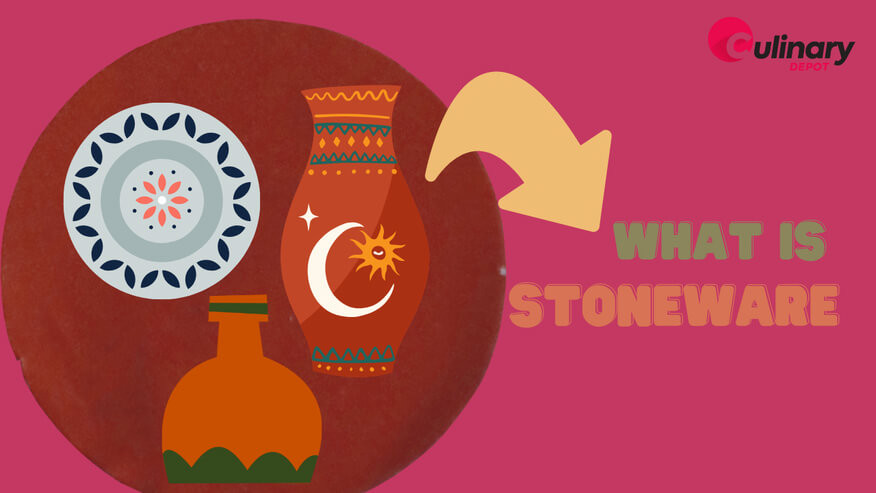Jun 22nd 2022 - Monica Cunanan
What is Stoneware? Uses, Differences between ceramic etc.
What is Stoneware?
Stoneware is a type of ceramic ware made by firing clay into a hard, durable material. It is made from natural materials but is more durable and long-lasting than other kinds of ceramics or types of pottery.
- Most stoneware dinnerware is dishwasher safe and oven safe.
Stoneware got its name from its stone-like qualities and earthy appearance. It can be found today in common household items, like beer steins, coffee mugs baking dishes, and crocks. Stoneware has its own unique characteristics that set it apart from other types of ceramic ware because they are made of different types of clay. Stoneware has several characteristics that distinguish it from other types of potteries.
Key Features of Stoneware
Appearance

Stoneware is thicker than porcelain or China because of its thicker construction. It got its name because it looks like a stone after it has been put under high temperatures. Before being glazed and fired, stoneware will usually have color patterns and variations that resemble natural stone.
Like other dinnerware, it may be glazed to have either a colored matte or glossy finish. Unglazed stoneware is usually used for casual restaurants or those who want a raw material or farm-to-table feel.
Appliance Safe?
Stoneware is Dishwasher Safe
Most stoneware dishes are dishwasher safe, but check the manufacturer's instructions first. To better preserve your ceramic pieces, it is recommended to clean them by hand.

It is Oven Safe
It is also microwave, oven, and freezer safe. However, you’ll want to confirm this information with the manufacturer before use, as these features can be affected by certain glazes or paints.
Avoid extreme temperature changes when using stoneware. For example, do not remove the plate from the refrigerator or freezer and place it directly into the oven. This can cause the stoneware to lose some of its structural integrity or crack.
Stoneware vs Ceramic
What is the Difference Between Stoneware and Ceramic

The main key difference between stonewares and ceramics is that stoneware products are made at very high firing temperatures while other ceramics (such as porcelain) are made at relatively low temperatures. This high firing temperature gives stoneware strength and durability in its finished product.
Ceramic refers to various items made from clays that have been heated to extremely high temperatures and then hardened. Ceramics include earthenware clay, stoneware, and porcelain, among others. Ceramic is a type of material made from clay.
Ironstone and other names
Stoneware is a type of ceramic ware that has been produced to be thinner and more refined than traditional stoneware. It is usually made from clay, which has the same durability and opacity as traditional stoneware, but it is not fired at high temperatures. Ironstone is almost never unglazed or unpainted, and it historically featured elaborate paintings from ancient China or Japan, making them perfect for Chinese or Japanese restaurants.
There are several different names for Ironstone including:
- English porcelain
- Opaque porcelain
- Stone china
- Semi porcelain
How is it Made?
It's a type of non-stick ceramic dinnerware made from stoneware clay that has been fired in an oven at temperatures between 2160 and 2320 degrees Fahrenheit. This dinnerware usually has a thicker build. Its relatively high firing temperature, its thick build, and its mix of type of clay with vitrified ceramic materials all help to give stoneware a sturdy, hearty dinnerware option that's perfect for restaurants.
How do You Clean Stoneware

You should never soak your stoneware pieces or plates in water for an extended period of time. Even if you spend just half an hour preparing your dishes, you can start to break them down and make them more susceptible to breaking or chipping.
If you want to remove tough stains or some sticky foods from unglazed stoneware with a damp cloth, mix vinegar and water together and rub the mixture into the surface. Use light-duty metal scrubbers instead of heavy-duty ones, as they won't damage the surface.
To remove grease from ceramic dishes, squeeze half a lemon and use an old toothbrush to scrub the lemon juice into and along the affected areas. A lemon or any citrus fruit you may have on hand can help to cut through the grease in your dishes.
Want to Explore Your Dinnerware Options?
Here at Culinary Depot, you can explore different dinnerware options to spice up your food presentation!
Come visit our online store or contact us for more information.

